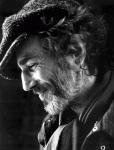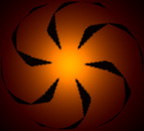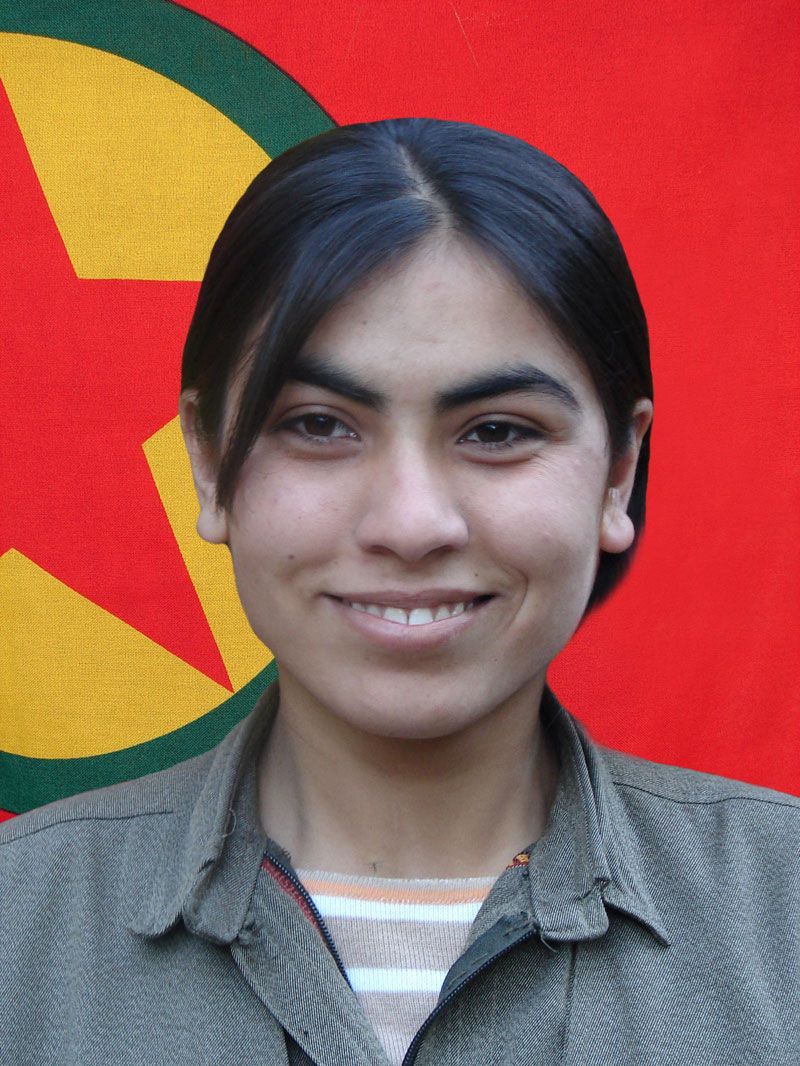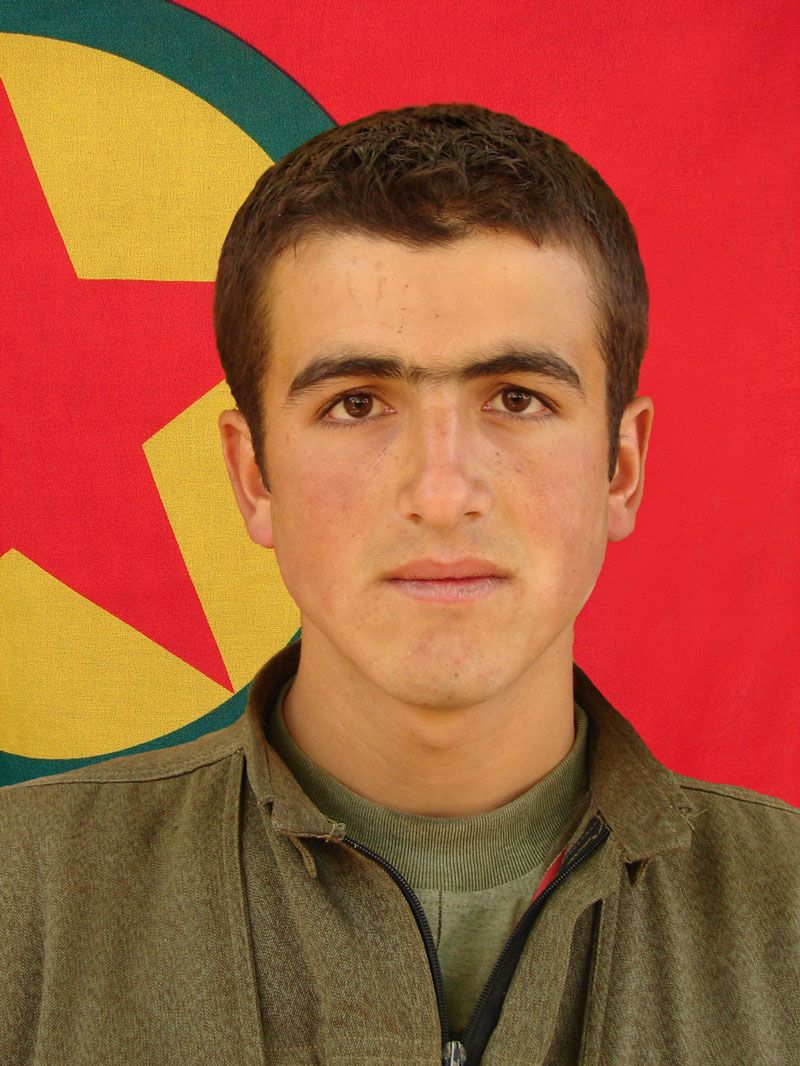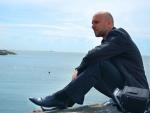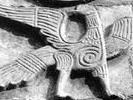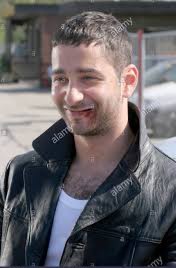Войти Создать учётную запись
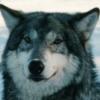
Курды
#3

 Опубликовано 10 Октябрь 2010 - 14:38
Опубликовано 10 Октябрь 2010 - 14:38

Morphological characters of Yezd-i-Khast Villagers--
Skin — The color varied from medium light (northern European) to tawny brown. The secondary shading of different parts of the body were, so far as observed, in no way particular, and the exposed parts, as elsewhere, were generally darker than those habitually covered. It seems to me that the best description of the skin color is to say that it was weather-beaten. On the head, which is always covered, the skin was occasionally as white as in brunet Europeans.
Hair — This varied from dark brown to black in color. In form it had low waves with a general tendency toward straightness. The texture ranged from fine to coarse with the majority on the finer side of the scale. Gray hair, to any appreciable extent, was seldom noticed before the fortieth year, but in late middle-age grayness was as a rule advanced. Beards were not the fashion and as a result the greater number shaved, although one individual had a coarse, heavy beard. With few exceptions mustaches were worn.
Eyes — The eyes were all dark brown in color except in two instances where there were blue and green mixtures. The high incidence of homogeneous irises (over 90 per cent) is correlated with the dark brown color of the eyes which made identification of a rayed or zoned eye virtually impossible. The sclera were clear, with the exception of those nine instances (19.57 per cent) which were speckled and that of one individual whose sclera was bloodshot.
In this village, although the eyes did not seem to be as bloodshot as is the general rule in this region, there were numerous complaints of headache due to eye pains caused by foreign bodies such as windborne sand and dirt. Inflammation of the eyes was common and trachoma, contagious granular conjunctivitis, was observed. Two individuals, moreover, had poor vision, especially one individual who had a bad cataract in the left eye, and poor vision with the other eye.
Nose — Nasal profiles showed considerable variation, the majority being either convex or straight (42.48% and 39.13% respectively. About 60 per cent of the nasal tips were thin but one-third of the individuals showed a tendency toward more than average thickness. The nasal wings varied from compressed to medium in 72 per cent of the cases but there appeared to be a flaring element.
Head Measurements — The head length (192.51) was the longest in the four groups and the head breadth (141.55) was intermediate, with the result that the cephahc index (73.50) is the most dolichocephalic of any of the groups studied in the Iran communities. The majority (80 per cent) were dolichocephalic. There were no large hyperdolichocephals, mesocephals, or brachycephals and no small brachycephals. In the hyperbrachycephalic division there was one individual.
 R1a1a, R1a1a et R1a1a
R1a1a, R1a1a et R1a1a K1b2a, H et T1а
K1b2a, H et T1а
#11

 Опубликовано 01 Ноябрь 2025 - 09:00
Опубликовано 01 Ноябрь 2025 - 09:00

#14

 Опубликовано 01 Ноябрь 2025 - 12:35
Опубликовано 01 Ноябрь 2025 - 12:35

Смешанные браки редки, и то как правило с армянами и кончаются асимиляцыей курдов, дело в перемене климата, образа жызни и питания
Фашызм в отличии от либерализма и коммунизма не оставил трудов, ето и понятно, фашызм ето просто идеология страха.
Посетителей, читающих эту тему: 1
0 пользователей, 1 гостей, 0 анонимных пользователей
 Вход
Вход Зарегистрироваться
Зарегистрироваться
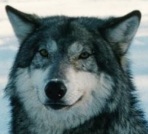












 Наверх
Наверх









